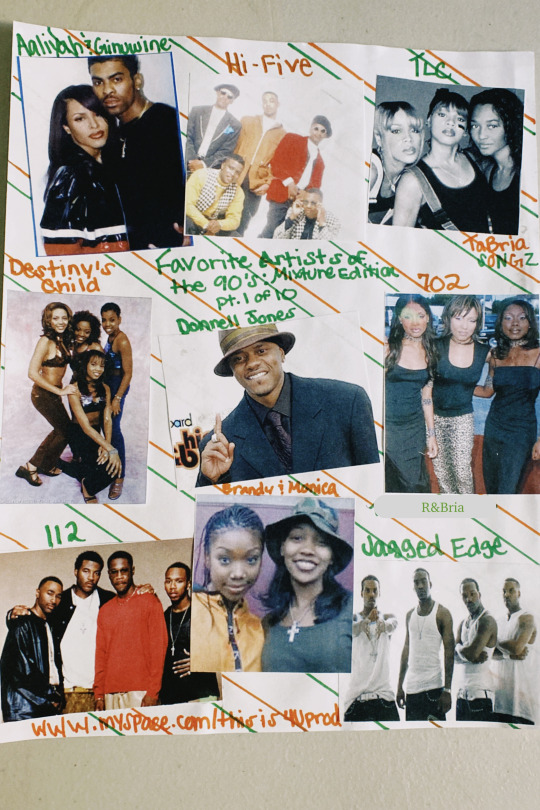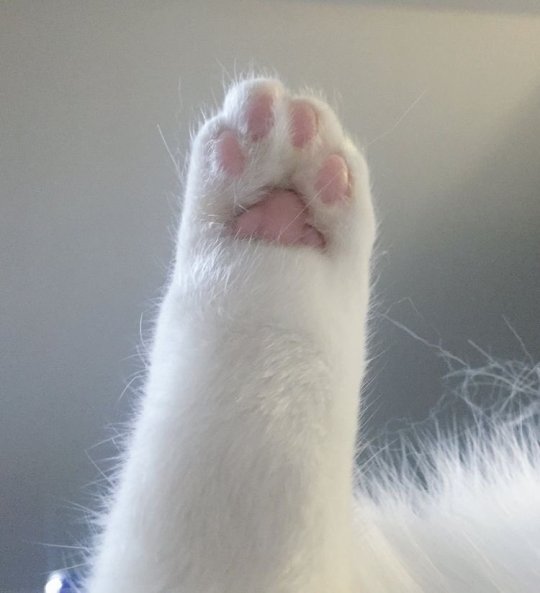#hi-five
Explore tagged Tumblr posts
Text







ME:I 2024, Hi-Five MV Teaser
#me:i#me_i#jpop#japanese idol#japanese girl group#femaleidolsedit#hi-five#produce 101 japan the girls#femaleidol#sekaiichihappy edits
44 notes
·
View notes
Text

#soul and r&b#soul#r&b#rnb#r&b/soul#music#1990s#90s#hi-five#she's playing hard to get#keep it goin' on#gif
18 notes
·
View notes
Text
Hi-Five into Summer

After a spectacular debut single, ME:I returns with their second one.
Congratulations, ME:I!
10 notes
·
View notes
Text
Year-End Poll #42: 1991

[Image description: a collage of photos of the 10 musicians and musical groups featured in this poll. In order from left to right, top to bottom: Bryan Adams, Color Me Badd, C+C Music Factory, Paula Abdul, Timmy T, EMF, Extreme, Hi-Five, Surface, Amy Grant. End description]
More information about this blog here
As I've stated in previous polls, the charts used to be mostly compiled from retail sales (ranging from physical media to sheet music). This data was gathered by Billboard sending out surveys or calling record stores directly. However, in 1991 Billboard began implementing Nielsen SoundScan and Nielsen Broadcast Data Systems (BDS). The technology first used to compile the country charts in 1990, which helped to give a more accurate picture of listening habits among country music fans. SoundScan and BDS was applied to the Hot 100 and the R&B charts in late 1991. This more objective method of music data collection will be instrumental in more country, hard rock, and rap albums reaching the top of the charts. Of course, there were still gaps in the data, as SoundScan was only able to work with stores with the technology to implement it, so sales from smaller retail venues might not have been tracked as accurately. Billboard has a more detailed article about the program here.
Speaking of rap, there is a moment in the genre's history that I would like to talk about as well. This happened in 1990, but I'm not going to let something trivial like the passage of time get in the way of me rambling about what I want. Miami bass is a subgenre of rap that grew out of (surprise) Miami, Florida. Musically, the sound is known for its heavy bass, electro and dance beat influences, kick drums, and high tempos. But the genre became rather infamous for its sexually explicit lyrics. One of the groups that came under fire for their lyrical content was 2 Live Crew.
In 1989, 2 Live crew released their third album As Nasty as They Wanna Be. A few polls ago, I talked about the creation of the Parental Advisory sticker, where the nature of explicit lyrics was brought all the way to the senate. But apparently, a parental advisory sticker wasn't considered enough for this album. In 1990, the album was ruled as obscene, making it the first album to be legally classified as such. Later that year, the members of 2 Live Crew were arrested for performing it. A record store owner in Florida was even arrested for selling the album to an undercover cop.
As horrible as this was, the news of the arrest made the controversy more of a matter of free speech in the eyes of the public. In 1992, Luke Records v. Navarro reached the Eleventh Circuit where the obscenity ruling was overturned. It's hard to imagine what the music landscape would look like today if that ruling went any other way, and I thought that it was an important moment to talk about as we see the evolution of music on these polls. There is a lot to this case that I couldn't get into, so I'm linking to a short MTV clip and a more detailed article about the arrest.
#billboard poll#billboard music#tumblr poll#1990s#90s music#1991#bryan adams#color me badd#c+c music factory#paula abdul#timmy t#emf#extreme#hi-five#surface#amy grant
45 notes
·
View notes
Text
Throwback R&B Video of the Week
youtube
Hi-Five- Faithful (1993)
3 notes
·
View notes
Text

Binder files: 2010 or 2011
4 notes
·
View notes
Text

On May 18, 1991, Hi-Five's "I Like the Way (The Kissing Game)" hit #1 on the Billboard Hot 100.
2 notes
·
View notes
Text

Doey from poppy playtime met someone like him!
#myart#chloesimagination#comic#fnaf#five nights at freddy's#fnaf fanart#doey the doughman#golden freddy#fnaf cassidy#evan afton#dave afton#Jack ayers#kevin barnes#Matthew Hallard#poppy playtime#poppy playtime chapter 4#Besides the doctor Doey made chapter 4 so good#doey makes me cry and sob#he did deserve all tha pain#god take all his pain away and give it to Harley Sawyer#the doey trio and the golden duo could get along#a full friend group they are together#and I think that’s so sweet
13K notes
·
View notes
Text





missed the mark by (looks at calendar) uhhh. hm. but I really wanted to do something for the 5th anniversary! happy five years to these idiots 🎉
#art#twisted wonderland#twst 5th anniversary#i'll stop for a while now i promise i just wanted to get this out#genuinely feels a bit weird to be 5 years in already huh!#that combined with having finally finished up episode 7...#oh no all the milestones hit at once help#hold on while i reminisce for a moment#because MAN i did not expect the anime disney boy game to become so special to me#(especially my little wet rat dragon and his family)#to be fair 2020 onward was uhhh let's say prime timing for a piece of silly and unapologetically indulgent media#(not to get too real here or anything but let's just say that. some of the stuff in 7 specifically did hit a bit harder than it should've.)#but also just. you know how it goes.#sometimes a thing doesn't so much speak to you as it reaches out and grabs you by the throat#with an intensity that shocks and bewilders no one more than you#and sure you can ignore it because having any emotions about media beyond faint scorn is of course the epitome of ~cringe~#but you could also just throw yourself wholeheartedly into it#and lemme tell you one of those options is a hell of a lot more fun#idk i'm just kinda rambling here#it's been a weird five years but i'm glad to have had these guys for it#and hey if nothing else it gave us meleanor#the inside of my brain at any given point is just the 'do it for her' meme covered in pictures of our late great dragon princess#i would not have it any other way
12K notes
·
View notes
Text









HI-FIVE 2024, ME:I
#me:i#me_i#hi-five#cocoro kato#miu sakurai#momona kasahara#ran ishii#shizuku iida#ayane takami#keiko shimizu#kokona sasaki#rinon murakami#suzu yamamoto#tsuzumi ebihara#jpop#japanese idol#girl group#femaleidolsedit#gg#jpop gg#sekaiichihappy edits
37 notes
·
View notes
Text

13 notes
·
View notes
Text
youtube
ME:I (ミーアイ) ⊹ 'Hi-Five' MV Behind
2 notes
·
View notes
Video
youtube
Hi-Five - Never Should've Let You Go
0 notes
Text
I AM LA REVACHOLIÈRE.
I AM THE CITY.
BE VIGILANT.
I LOVE YOU.
#disco elysium#disco elysium fanart#harrier du bois#kim kitsuragi#jean vicquemare#judit minot#egghead#klaasje amandou#the hanged man#dolores dei#disco elysium art#harry du bois#someone on reddit suggested to post it on here and i am really sorry if you see all my previous and badly executed work anyway hi!!#these have been the funniest five days of summer
9K notes
·
View notes
